Related Research Articles
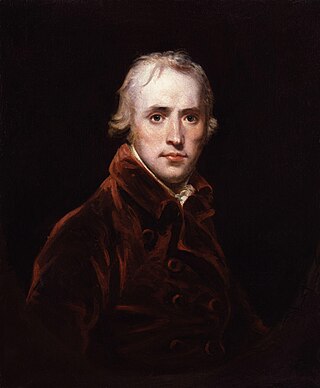
John Hoppner was an English portrait painter, much influenced by Reynolds, who achieved fame as a brilliant colourist.

John Trumbull was an American painter and military officer best known for his historical paintings of the American Revolutionary War, of which he was a veteran. He has been called the "Painter of the Revolution". Trumbull's Declaration of Independence (1817), one of his four paintings that hang in the United States Capitol rotunda, is used on the reverse of the current United States two-dollar bill.

Charles Doolittle Walcott was an American paleontologist, administrator of the Smithsonian Institution from 1907 to 1927, and director of the United States Geological Survey. He is famous for his discovery in 1909 of well-preserved fossils, including some of the oldest soft-part imprints, in the Burgess Shale of British Columbia, Canada.

The Hudson River School was a mid-19th-century American art movement embodied by a group of landscape painters whose aesthetic vision was influenced by Romanticism. Early on, the paintings typically depicted the Hudson River Valley and the surrounding area, including the Catskill, Adirondack, and White Mountains.
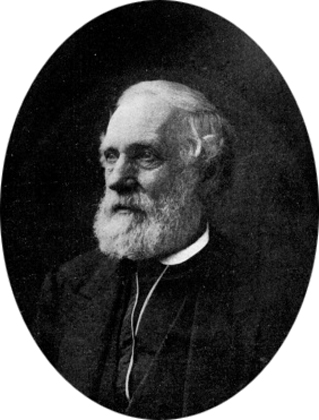
Titian Ramsay Peale was an American artist, naturalist, and explorer from Philadelphia, Pennsylvania. He was a scientific illustrator whose paintings and drawings of wildlife are known for their beauty and accuracy.
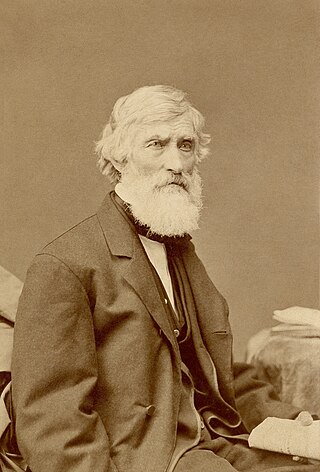
Asher Brown Durand was an American painter of the Hudson River School.
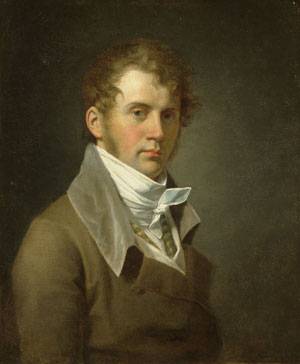
John Vanderlyn was an American neoclassicist painter.

John Frederick Kensett was an American landscape painter and engraver born in Cheshire, Connecticut. He was a member of the second generation of the Hudson River School of artists. Kensett's signature works are landscape paintings of New England and New York State, whose clear light and serene surfaces celebrate transcendental qualities of nature, and are associated with Luminism. Kensett's early work owed much to the influence of Thomas Cole, but was from the outset distinguished by a preference for cooler colors and an interest in less dramatic topography, favoring restraint in both palette and composition. The work of Kensett's maturity features tranquil scenery depicted with a spare geometry, culminating in series of paintings in which coastal promontories are balanced against glass-smooth water. He was a founder of the Metropolitan Museum of Art.

The National Academy of Design is an honorary association of American artists, founded in New York City in 1825 by Samuel Morse, Asher Durand, Thomas Cole, Martin E. Thompson, Charles Cushing Wright, Ithiel Town, and others "to promote the fine arts in America through instruction and exhibition." Membership is limited to 450 American artists and architects, who are elected by their peers on the basis of recognized excellence.

Robert Walter Weir was an American artist and educator and is considered a painter of the Hudson River School. Weir was elected to the National Academy of Design in 1829 and was an instructor at the United States Military Academy. His best-known work is Embarkation of the Pilgrims in the United States Capitol rotunda in Washington, D.C. More than 450 of his works are known, and he created many unsigned paintings that may never be attributed to him.
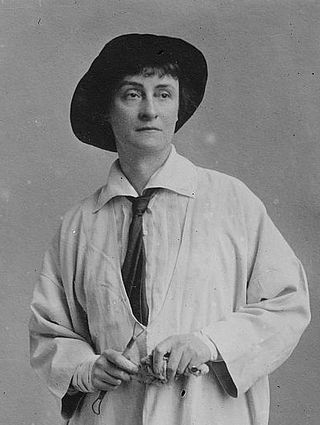
Janet Scudder, born Netta Deweze Frazee Scudder, was an American sculptor and painter from Terre Haute, Indiana, who is best known for her memorial sculptures, bas-relief portraiture, and portrait medallions, as well as her garden sculptures and fountains. Her first major commission was the design for the seal of the New York Bar Association around 1896. Scudder's Frog Fountain (1901) led to the series of sculptures and fountains for which she is best known. Later commissions included a Congressional Gold Medal honoring Domício da Gama and a commemorative medal for Indiana's centennial in 1916. Scudder also displayed her work at numerous national and international exhibitions in the United States and in Europe from the late 1890s to the late 1930s. Scudder's autobiography, Modeling My Life, was published in 1925.

John William Casilear was an American landscape artist belonging to the Hudson River School.

Paul Durand-Ruel was a French art dealer associated with the Impressionists and the Barbizon School. Being the first to support artists such as Claude Monet, Camille Pissarro, and Pierre-Auguste Renoir, he is known for his innovations in modernizing art markets, and is generally considered to be the most important art dealer of the 19th century. An ambitious entrepreneur, Durand-Ruel cultivated international interest in French artists by establishing art galleries and exhibitions in London, New York, Berlin, Brussels, among other places. Additionally, he played a role in the decentralization of art markets in France, which prior to the mid-19th century was monopolized by the Salon system.

Jean Auguste Barre was a French sculptor and medalist. Born in Paris, he was trained by his father Jean-Jacques Barre (1793–1855), a medalist. In 1879, he succeeded his brother Jean-Auguste Barre as the 19th Chief engraver of the Monnaie de Paris, though he held the position for only one year.

Joseph Wright was an American portrait painter and sculptor. He painted life portraits of George Washington and Benjamin Franklin, and was a designer of early U.S. coinage. Wright was President Washington's original choice for Chief Engraver of the U.S. Mint, but died at age 37, before being confirmed to that position.
George Joseph Ranalli is an American modernist architect, scholar, curator, and fellow of the American Institute of Architects. He is based in New York City.

Hannah Amelia Wright (1836–1924) was an American physician, and the first female doctor to be appointed as an examiner in a state asylum.
Nathaniel Rogers was an American painter from Long Island known as the preeminent miniature portrait painter in New York City.
On January 1, 1898, New York City absorbed East Bronx, Brooklyn, western Queens County, and Staten Island. For Brooklyn directories that are combined with Manhattan – before and after being incorporated with New York City – see New York City directories.
References
- ↑ Wright, Charles Cushing, Bénézit.
- 1 2 "Charles Cushing Wright (1796-1854)" . Retrieved 14 August 2017.
- ↑ "Charles Cushing Wright and His Medals" . Retrieved 14 August 2017.
- ↑ Charles Cushing Wright in: AskART.com, retrieved 18 April 2015
- ↑ "Collection / 17 results out of 448,508 records" . Retrieved 14 August 2017.
- ↑ Willard, Frances Elizabeth, 1839-1898; Livermore, Mary Ashton Rice, 1820-1905 (1893). A woman of the century; fourteen hundred-seventy biographical sketches accompanied by portraits of leading American women in all walks of life. Buffalo, N.Y., Moulton. p. 803-804. Retrieved 8 August 2017.
{{cite book}}: CS1 maint: multiple names: authors list (link) CS1 maint: numeric names: authors list (link) This article incorporates text from this source, which is in the public domain .
This article incorporates text from this source, which is in the public domain .